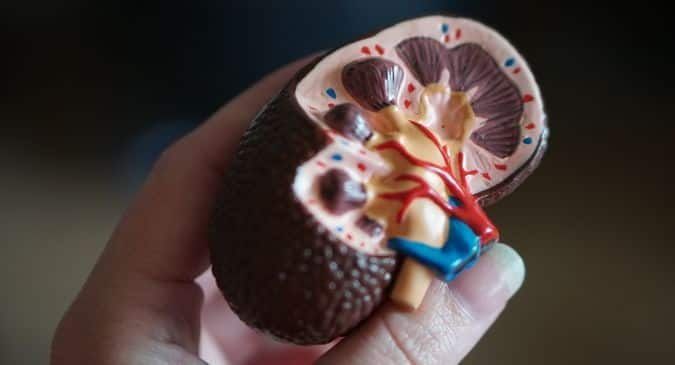Invisible Disabilities: What are they? There are innumerable mental or neurological conditions that are invisible but have a major impact on an individual’s life having it.
When we think of the word “disability”, the first thing that comes to our mind are physical impairments a person may have. But when we talk about wellbeing, it’s not just physical well being. An equally important aspect of well being is the mental well being for holistic outlook towards health. But should disabilities be always physical? Aren’t we missing out the mental disabilities or rather invisible disabilities? Do they have a face? How can someone identify them? Why do we need to know them? How can we care for them more?
There are innumerable mental or neurological conditions that are invisible but have a major impact on an individual’s life having it. These invisible conditions can be in the form of cognitive impairment like dementia, internal brain injury or multiple sclerosis. Additionally, there could be other mental health conditions like depression, anxiety disorder, personality disorder, bipolar mood disorder, schizophrenia or obsessive compulsive disorder, to name a few.
In children, it may be Autism Spectrum Disorder, ADHD, Dyslexia or other learning difficulties and sensory processing issues. These children do not look different physically but come across as any other “neurotypical” (read normal) child.
Invisible disabilities should be treated as compassionately as physical disabilities
Be it these invisible conditions in adults or children, but it impacts them significantly in their different domains of life. It can alter their day-to-day functioning in school, workplace, social situations, holding relationships, making friends, taking decisions, financial management, family care, productivity and quality of life. We tend to judge someone so quickly without thinking even once about these different invisible disabilities vis a vis immediately having empathy for someone who shows a physical / locomotor disability. Why such indifference?
There have been recent incidents in India where an autistic child was denied special care assistance at the airport because he didn’t seem to have any visible (physical)disability. But maybe that child was going through a lot, he may be finding the crowd, the noise, waiting in the line at the airport too overwhelming. A child having dyslexia struggles every single day in the school and while doing homework. He fears about the mockery made by his classmates for his challenges in reading. Or maybe an adult having anxiety disorder finds it too difficult to productively engage himself at his workplace by different day to day situations which may be anxiety provoking for him.
So, we need to be more aware and sensitive towards these invisible disabilities as well and accommodate them in best possible way. We can always try to be compassionate, be a good listener, try to understand their perspective, and support in the best possible way.
This article has been written by Dr Isha Soni, Senior Occupational Therapist, Head, Lexicon Rainbow Therapy and Child Development Centre, Pune. Home








